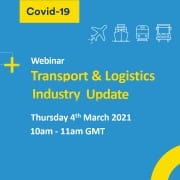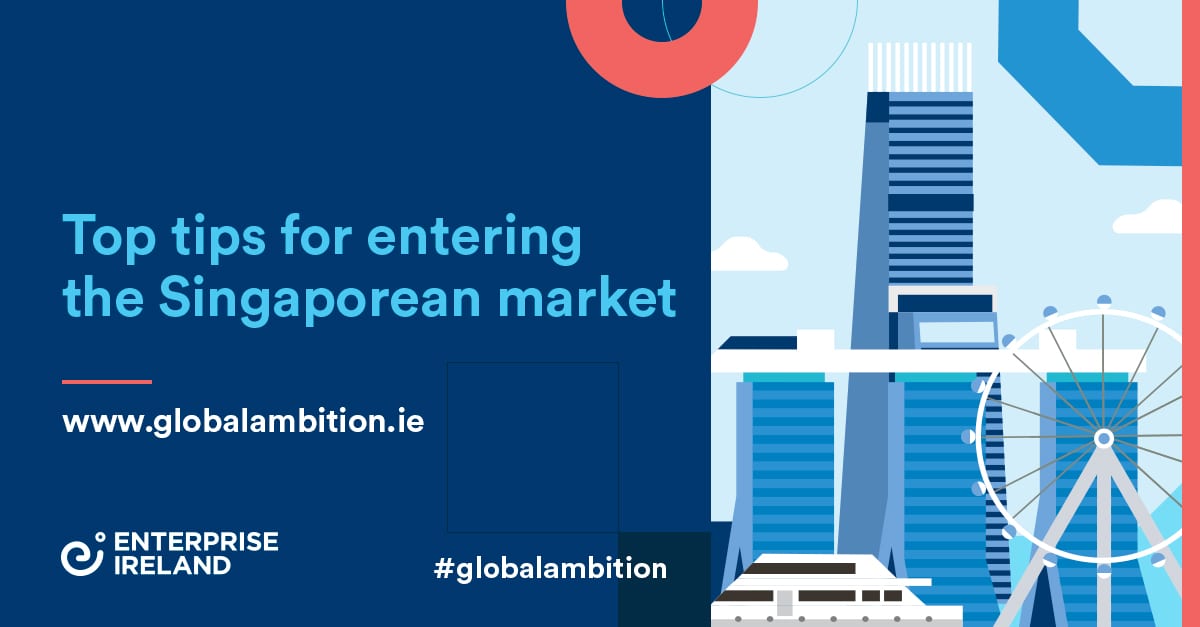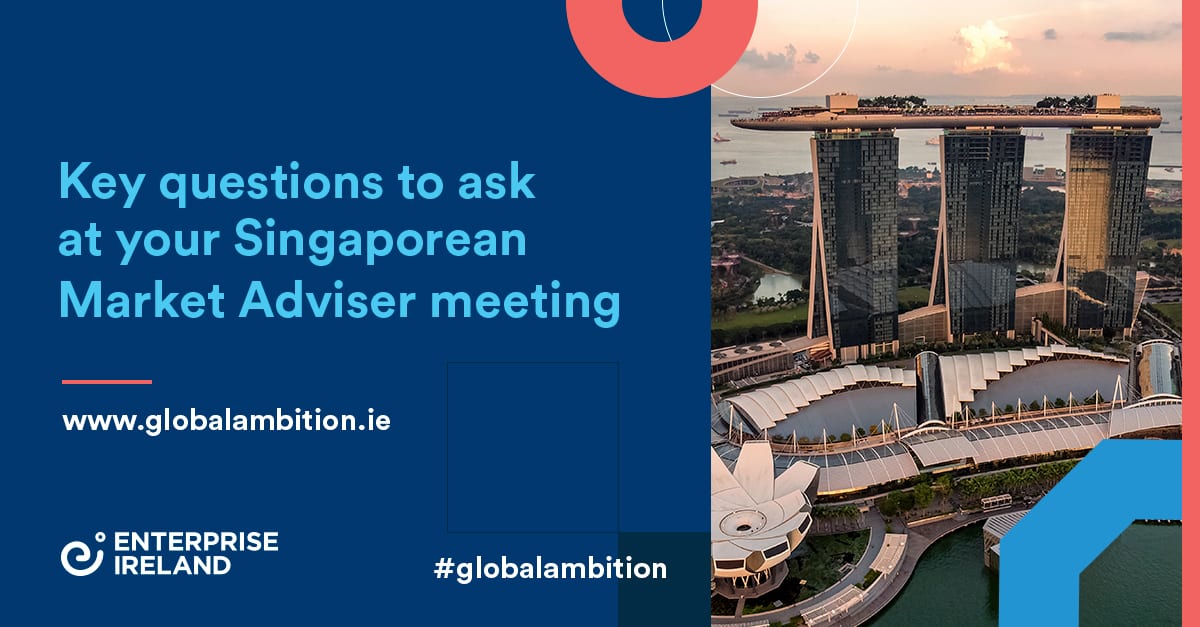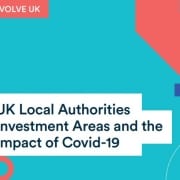World class Irish companies have rising ambition levels for Japan
Pat O’Riordan, Overseas Manager for Japan and Korea at Enterprise Ireland, describes what Irish companies need to succeed in one of the world’s largest and most sophisticated markets.
Irish exporters are waking up to fresh opportunities in the Land of the Rising Sun. While the country may not have regained the stellar growth rates it enjoyed in the 1980s, Japan remains the world’s third-largest economy. Japan’s corporates, driven by the stellar performance of the export sector, are cash rich with strong balance sheets.
It’s also highly attractive, as a “rich, advanced and sophisticated market. It is respectful of intellectual property and open to world class innovation,” O’Riordan adds.
Growing our ambition in Japan
If we have in the past “lost concentration” on Japan, it may be because of the considerable barriers to entry. We are now fortunate to have an increasingly sophisticated and globally ambitious base of client companies, and a market which is more open to external trade.
“Companies best positioned to win in Japan share particular attributes,” O’Riordan says. These are world-class technology, products or services; high levels of innovation, and management that is committed to – and able to handle – the lengthy sales cycles and demanding customer services levels common in the market.
“Companies really need to be strategically interested in the market to engage. For those who do, the prize is a market of scale and sustainability.”
A ‘hard sell’ rarely works. “Companies coming in here sometimes don’t appreciate how serious the Japanese are about detail. They will want to know who is funding you, how long you have been around for and how long you’re likely to be around for. Your first presentation slide should not be about your technology, or your value proposition, it’s about your heritage and sustainability as a long-term partner,” says O’Riordan.
Be ready for Japan’s most pressing questions
Expect demanding technology and customer service requirements. “Japanese people will ask multiple questions before they buy. They are data-driven, technology-driven, and very service driven. Take the questions as a compliment, they are investing their time in you,” he adds.
While there is potential across a variety of sectors, from fintech to travel tech and medtech, opportunities often emerge as a result of policy and regulatory changes. That has occurred in relation to eldercare, as the country’s aging population generates demand for both assisted living solutions and medtech innovations. In relation to renewable energy, opportunities can be found in Japan’s search for ways to reduce its dependency on nuclear power.
Changes in its visa rules have opened it up to unprecedented levels of tourism, with numbers on track to reach 40 million visitors per annum by 2020, driven also by the arrival of low-cost carriers into the country.
Plan your market entry strategy for Japan
Between 2014 and 2018, companies backed by Enterprise Ireland saw year-on-year growth of 14.5%.
“Companies that get it right can and need to scale up in Japan. To succeed you need to be resilient on the way in and have an ambition and scale agenda to realise a return on investment.”
Read how Connolly’s Red Mills became the largest importer of premium horse feeds in Japan
Irish companies considering a market entry strategy for Japan should undertake high level-research and then carefully verify and validate it. Once you have established a good product/market fit, look for partners – Enterprise Ireland can assist with both.
In Japan it’s not just the language that creates an additional barrier, but the business culture, which must be appreciated and understood. As such, we advise companies to expend shoe leather in market. There is no substitute for visiting repeatedly to understand the nuances of the market. Ultimately it makes the decision to invest in an on the ground presence a much easier one.
The recent EU Japan Economic Partnership Agreement provides for a much-improved free trade environment between EU and Japan across several categories, which “will add significant momentum to Ireland and Japan trade relations, not least in the food sector,” he says.
Taking the time required to win your first customer will pay dividends. “If you can point to a satisfied Japanese customer, there is no more powerful reference customer across Asia,” says O’Riordan.
The overarching message on Japan is that it very open to and welcoming of world class Irish companies with good product market fit and an ambition to scale. It is proving to be a very rewarding market for committed Irish companies, as is evidenced by the export performance of our clients in recent years and rising levels of ambition for the market.”




















